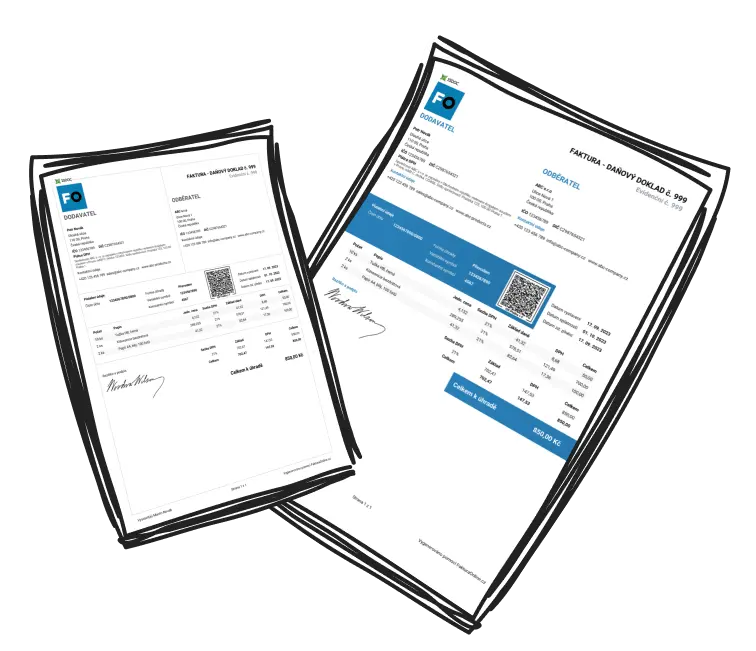Early payment discounts, such as discounts for early payment, can be valuable tools for improving cash flow, especially for businesses with slow receivables or longer payment cycles. However, they’re not a universal solution. Decision-makers must carefully consider their business’s profit margins, cash flow needs, and customer payment behavior before committing to such a strategy. While incentivizing faster payments can reduce financial stress, discounts must align with operational goals to avoid unintended consequences.
The pros of offering discounts for early payment
Encourages faster cash inflows: By offering discounts for early payment, businesses can improve liquidity, ensuring smoother operations.
Reduces administrative burden: Fewer overdue invoices mean less time and resources spent chasing payments.
Improves customer satisfaction: Discounts create goodwill and strengthen relationships with clients.
Minimizes financial risks: Encouraging earlier payments reduces the chances of bad debt or payment delays.
Better financial planning: A quicker cash conversion cycle makes managing daily operations more predictable.

Tip
Offering discounts can set your business apart in competitive industries, fostering customer loyalty and repeat business.
The cons of offering discounts for early payment
Erodes profit margins: Even small discounts can add up to significant revenue losses.
Creates customer dependency: Regular discounts may lower the perceived value of your products or services.
Inconsistent results: Customers who already pay promptly may take the discount without providing real benefits.
Administrative complexities: Tracking eligibility and adjusting invoices increases accounting efforts.
Unnecessary in some cases: If most clients already pay on time, the discount can offer little to no extra value.

Be cautious about overusing discounts—they may unintentionally set unrealistic expectations for future payments.
How do discounts for early payment impact cash flow?
Discounts for early payment can significantly impact cash flow, both positively and negatively. Discounts for early payment incentivize customers to pay sooner, providing immediate access to cash for operational needs, growth investments, or debt repayment. This improved cash flow flexibility can reduce reliance on credit or overdrafts.
However, this strategy comes at the cost of reduced revenue. Although accelerating receivables improves liquidity, the cumulative effect of discounts might strain profit margins, especially for businesses with tight financial buffers. Additionally, inconsistent customer uptake of discounts can make cash flow projections less predictable.

Example
For instance, offering a 2% discount on a $10,000 invoice means receiving $9,800 if paid early, creating immediate cash flow but sacrificing $200 in revenue. Businesses must calculate whether this trade-off supports their broader financial goals.
Are discounts for early payment a good strategy for businesses?
Discounts for early payment can be a practical solution under the right circumstances, yet they’re not a one-size-fits-all strategy. Their success depends on the financial structure, market dynamics, and customer behavior of each business.
Use this checklist to decide if this strategy is right for you:
- Evaluate profit margins: Determine if your business can absorb reduced revenue without compromising profitability.
- Assess cash flow needs: Be clear about whether accelerated cash inflow will address working capital gaps.
- Understand your customers: Analyze if your client base is likely to take advantage of the discount.
- Align with goals: Ensure discounts align with your broader financial objectives and operational strategies.
- Start small: Try a limited trial period to assess customer behavior and financial impact before long-term implementation.
By weighing the pros and cons carefully, businesses can decide whether early payment discounts are a valuable strategic tool—or an unnecessary cost.

